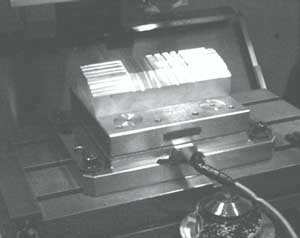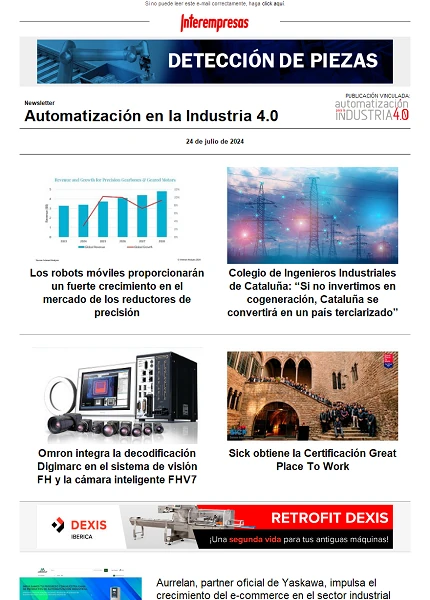This news article was originally written in Spanish. It has been automatically translated for your convenience. Reasonable efforts have been made to provide an accurate translation, however, no automated translation is perfect nor is it intended to replace a human translator. The original article in Spanish can be viewed at
Modelización del corte con fresas esféricas mediante métodos empíricosMachining
Modelling of cutting with spherical strawberries through empirical methods
A. Lamikiz, M.A. Salgado, j. Muñoa
Department of mechanical engineeringTechnique of industrial engineering school
c/Alameda de Urquijo s/n E-48013 Bilbao, Spain
e-mail: implamea@bi.ehu.es, tf: + 34-94-60142 21
01/12/2002 1. Introduction
The implementation of the process of milling at high speed (FAV) for the manufacture of moulds and dies is today a reality, allowing the reduction of costs and delivery times, being the main advantage the drastic reduction in the operation of manual polishing [1].
However, the implementation of the FAV in the finishing of moulds and dies operations continues to present major difficulties. This is primarily because the molds and matrices to combine complex geometry surfaces, high tolerances, and surface roughness and low machinability material requirements.
In this article, is a model of forces of valid court to the process of FAV in the finishing of moulds and dies. The presented model is different from other empirical models [2.3] where in addition to modeling the process of milling with spherical tip tool incorporates the effect due to the slope of the piece and the path of the tool.
Prior knowledge of court efforts helps in the optimum choice of the strategy of machining or the cutting parameters, avoiding the use of subjective criteria that often lead to tool breakage or irreparable damage in the piece.
2 Experimental
Firstly, it has developed a model using MatLAB R12. Once programmed, have carried out the verification of the same tests using a high-speed Kondia HS1000 machining center. A torque-indicating Allen Kistler 9255B table are available for measuring efforts to court. The measured efforts are stored on a PC. Different teams of measurement for the validation of the experiments are also used.
3. Results and discussion
The model in 2 different materials (Al7075-T6 and Orvar to 50 HRc) has been validated. For testing has been used one-piece pattern (Fig. 1) which has 3 pending (15 °, 30 ° and 45th) has been made in different directions of machining. The results show that the model is able to predict the efforts of court with a margin of error ranging from 5% to 40% (for individual cases with very small chips sections).
4 Conclusions
The article presents a model of forces of valid court for spherical drills that incorporates the effect of the slope, which has not taken into account by any model of the studied in the literature.
The results show that the model is able to provide for the efforts of cutting to different strategies and conditions of machining and is generalizable to different materials.
Figure 1. Mounting for the validation of the moulding of forces.
5 References
[1] Schulz, H., (1997). High Speed Machining, Carl Hanser Verlag, ISBN 3-446-18796-0, Germany.
[2] Altintas, y., 2000, "Modeling Approaches and Software for predicting the Performance of Milling Operations at evil - UBC"
[3] Lee, p., Altintas, y., 1996, Prediction of ball-end milling forces from orthogonal cutting data, Int. J. Mach. Tools Manufact. Vol 36, No 9, pp 1059-1072. 1996









